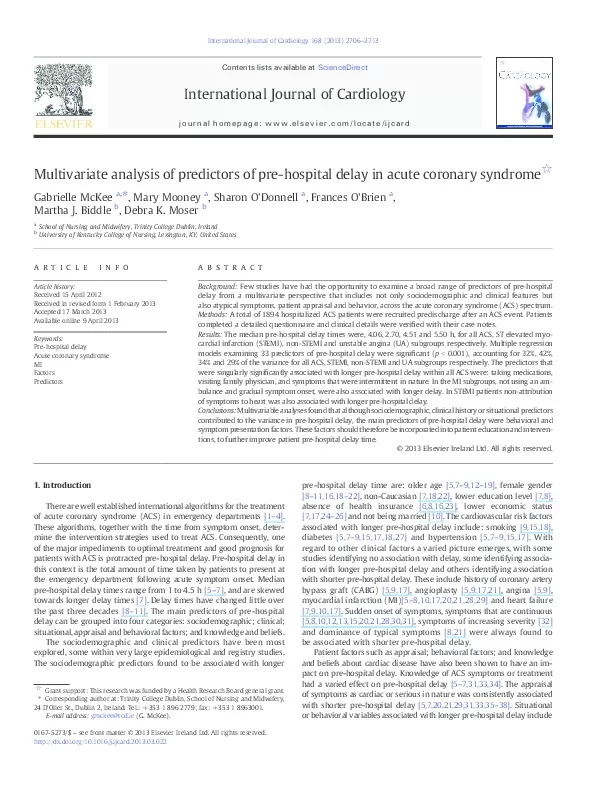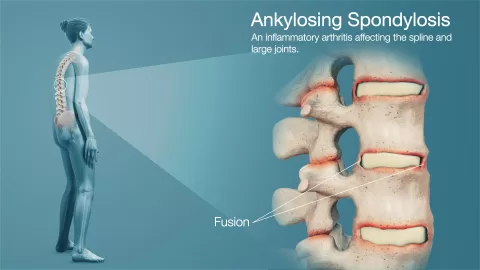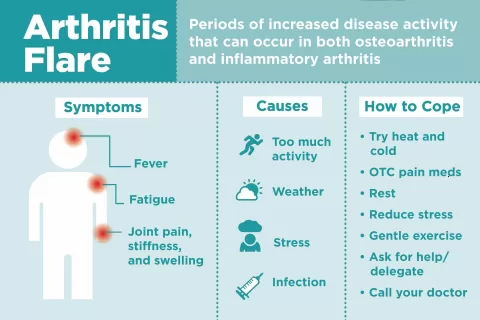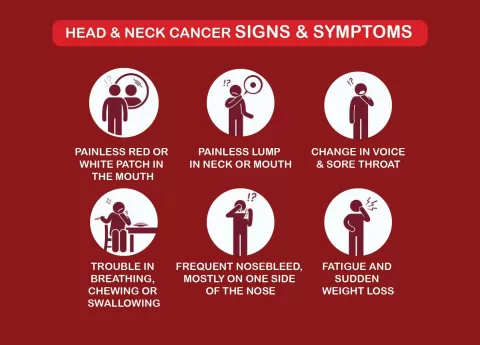Understanding the predictors of pre-hospital delay is crucial for improving stroke patient care and enhancing treatment outcomes. Research indicates that a significant time lapse between stroke onset and hospital presentation can negatively impact the efficacy of stroke treatment. In the context of an Ethiopian stroke study, various factors contribute to such delays, affecting both individual recovery and overall healthcare efficiency. By identifying predictors of pre-hospital delay, healthcare providers can implement targeted strategies to encourage timely hospital visits, ultimately improving stroke outcomes. This investigation serves as a call to action for both health policies and community awareness in combating issues related to hospital presentation delay.
The topic of pre-hospital delay in stroke management encapsulates the critical period between the onset of symptoms and the patient’s arrival at the hospital. Variations in patient characteristics, understanding of stroke symptoms, and access to healthcare resources all influence the time it takes for individuals to seek medical assistance. This delay in hospital presentation is not just a personal issue but a significant public health concern that can result in devastating effects on treatment outcomes for stroke patients. Analyzing the reasons behind such delays can shed light on necessary improvements within the healthcare system, ultimately facilitating better emergency response for those affected by strokes.
Understanding Pre-Hospital Delay in Stroke Patients
Pre-hospital delay is a critical aspect of stroke management. The time taken from the onset of symptoms to hospital presentation influences the effectiveness of treatment. Studies, including the Ethiopian stroke study, indicate that every minute counts in stroke care. Early intervention can significantly reduce the risk of long-term disability and improve stroke treatment outcomes. Identifying factors that contribute to prolonged pre-hospital delays is essential to enhance the current healthcare response. Understanding these factors allows health authorities to design targeted interventions.
Numerous reasons contribute to pre-hospital delays among stroke patients. These include a lack of awareness about stroke symptoms, socio-economic factors, and geographical barriers, particularly for patients living outside urban centers like Addis Ababa. Furthermore, the onset of symptoms during night hours can lead to delays in identification and access to emergency care. Addressing these predictors of pre-hospital delay can pave the way for improved patient care and rapid hospital presentation.
Key Predictors of Delayed Hospital Presentation
The study conducted at Yekatit 12 Hospital identified several key predictors of delayed hospital presentation among stroke patients. Age was one of the most significant factors, with patients aged 60 years or younger being more likely to experience delays. This finding underscores the importance of healthcare education programs targeting younger populations to recognize stroke symptoms timely and act quickly. Additionally, living outside major urban centers increases the likelihood of delayed presentation due to geographical and logistical challenges.
Moreover, socioeconomic factors play a crucial role in delaying hospital presentation. The research found that individuals without health insurance were less likely to seek immediate medical care, often leading to prolonged pre-hospital delays. Strategies to improve healthcare accessibility, insurance coverage, and public awareness can significantly enhance the response times for stroke patients. Prioritizing these areas in healthcare policy can result in better outcomes and reduced mortality rates among stroke patients.
Impact of Geographic Location on Stroke Response Times
Geographic location has a profound impact on the response times of stroke patients. The study revealed that individuals residing outside of Addis Ababa faced significant barriers to accessing timely care. Factors such as transportation challenges and a lack of nearby medical facilities can prolong the time from symptom onset to hospital arrival. This is particularly concerning in rural areas where emergency services may be limited or non-existent, making it crucial to establish better healthcare infrastructure in these regions.
Enhancing the emergency medical services network in Ethiopia is essential to address the slow response times experienced by stroke patients in remote areas. Implementing community awareness programs that educate about stroke symptoms and the importance of immediate care can help bridge the gap. Additionally, improving transportation systems and developing local health facilities can lead to more rapid hospital presentations, ultimately improving treatment outcomes.
The Role of Health Insurance in Stroke Care
Health insurance significantly influences patient access to emergency medical care in the setting of a stroke. In the Ethiopian context, the study highlighted that individuals without health insurance often hesitate to seek immediate care due to cost concerns. This delay in treatment contributes to worse health outcomes and increases the likelihood of long-term disabilities. Understanding these dynamics is crucial for policymakers to design interventions that promote comprehensive health insurance coverage.
Implementing targeted educational campaigns about the importance of health insurance and its role in enabling timely medical treatment can positively affect stroke patient care. Furthermore, expanding health insurance coverage to include emergency services can alleviate financial barriers, encouraging individuals to seek help promptly. Making strides in these areas will not only reduce pre-hospital delays, but also enhance overall stroke care efficiency.
Strategies to Reduce Pre-Hospital Delay Among Stroke Patients
Reducing pre-hospital delays requires a multifaceted approach, incorporating education, community engagement, and policy reforms. Public awareness campaigns focused on recognizing stroke symptoms and understanding the urgency of seeking care can empower communities to respond more swiftly. Training local health workers to provide timely information and access to care is also critical in driving down pre-hospital delays associated with stroke.
Moreover, healthcare systems should strive to improve transportation options for patients, especially those in rural areas. Collaborations with local transport services can be explored to establish reliable means of reaching medical facilities quickly. Engaging community leaders in these efforts not only spreads awareness but also facilitates cultural acceptance of prompt medical intervention, ultimately enhancing patient outcomes in stroke management.
Importance of Timely Stroke Treatment for Better Outcomes
Timely treatment for stroke is essential to improving patient outcomes. The window for effective intervention is narrow; the sooner patients receive medical attention, the higher the chances of restoring normal function and minimizing long-term impairment. Research shows that for each minute that treatment is delayed, neurons continue to die, exacerbating the damage caused by the stroke.
Healthcare providers must prioritize prompt diagnosis and immediate intervention strategies for stroke patients. Implementing streamlined triage protocols in hospital settings can enhance the speed at which patients receive necessary treatments. Additionally, continuous monitoring and technology improvements in emergency response can further mitigate treatment delays, emphasizing the need for urgency in stroke care across medical facilities.
Educational Interventions to Improve Awareness of Stroke Symptoms
Educational interventions are vital for raising awareness about stroke symptoms and the importance of immediate care. Programs targeting high-risk populations can provide critical information about the signs of stroke and the need for swift action. This is essential for reducing the time taken from symptom onset to hospital presentation, a key factor influencing stroke treatment outcomes.
Incorporating community workshops, social media campaigns, and partnerships with schools can enhance outreach efforts. Engaging local influencers and healthcare professionals ensures that the messages resonate with the community, fostering an environment where individuals feel empowered to act quickly if they recognize stroke symptoms. As awareness increases, so too can timely access to medical services, ultimately improving patient outcomes.
Healthcare System Challenges in Addressing Pre-Hospital Delays
Addressing pre-hospital delays in stroke care presents multiple challenges within the healthcare system. Limited resources, particularly in developing regions, can hinder the availability of emergency services and accessibility for stroke patients. The gap in urgent care infrastructure in places like Ethiopia compounds the difficulties faced by patients, especially those living in remote areas.
To tackle these challenges, health policy initiatives must focus on strengthening emergency care systems. This includes investing in training for emergency personnel, building more health facilities, and improving communication channels between patients and healthcare providers. By addressing these systemic issues, the overall readiness of the healthcare sector to manage stroke cases can be improved, ultimately decreasing pre-hospital delays and enhancing treatment outcomes.
Socioeconomic Factors Influencing Stroke Care Accessibility
Socioeconomic factors play a pivotal role in the access and delivery of stroke care. Individuals from lower economic backgrounds often face challenges like transportation costs, lack of health insurance, and limited knowledge about stroke symptoms. These barriers can lead to delays in seeking treatment and worsen health outcomes following a stroke event.
To mitigate these issues, healthcare policies should emphasize equitable access to medical services. Programs that provide financial assistance, subsidized transport, and education about stroke symptoms can empower disadvantaged individuals. Addressing socioeconomic disparities is crucial for reducing pre-hospital delays and ensuring that all patients receive appropriate and timely care.
Future Directions for Research on Stroke Delays
Future research on stroke delays should explore innovative strategies to further mitigate pre-hospital delays and enhance treatment outcomes. Longitudinal studies could provide insights into the effectiveness of different interventions aimed at improving public awareness and access to care. Moreover, evaluating community-based programs that successfully reduce response times can offer valuable lessons for scaling similar efforts nationally.
Researchers should also investigate the impact of health policy changes on stroke care accessibility and response times. Tracking the outcomes of initiatives that seek to address socioeconomic and geographic barriers will help refine approaches to minimize pre-hospital delays. By focusing on evidence-based practices, healthcare systems can better support stroke patients and improve their chances for recovery.
Frequently Asked Questions
What are the main predictors of pre-hospital delay for stroke patients?
The main predictors of pre-hospital delay for stroke patients include being aged 60 years or younger, living outside of urban centers like Addis Ababa, experiencing the onset of stroke symptoms at night, and lacking health insurance. These factors can contribute to significant delays in hospital presentation, impacting stroke treatment outcomes.
How does hospital presentation delay impact stroke treatment outcomes?
Hospital presentation delay can severely impact stroke treatment outcomes by increasing the time from symptom onset to therapeutic intervention. Delays can lead to worsened neurological damage and higher rates of complications and mortality. Therefore, minimizing pre-hospital delays is crucial for improving recovery prospects for stroke patients.
Why is time to hospital presentation critical for stroke patients?
Time to hospital presentation is critical for stroke patients because prompt diagnosis and treatment can substantially reduce the risk of long-term disability and mortality. Rapid medical intervention ensures timely access to therapies that can dissolve blood clots or manage stroke complications effectively, thus improving overall treatment outcomes.
What role does geographic location play in hospital presentation delay for stroke patients?
Geographic location significantly influences hospital presentation delay for stroke patients. Those residing outside major cities, like Addis Ababa, are more likely to experience pre-hospital delays due to factors like transportation barriers and longer travel times to reach medical facilities. This distance can exacerbate the time taken to receive emergency care.
How does lacking health insurance contribute to delayed hospital presentation in stroke patients?
Lacking health insurance can contribute to delayed hospital presentation in stroke patients as it may discourage individuals from seeking timely care due to concerns about the cost of treatment. Financial barriers can lead to significant delays, thereby negatively affecting stroke treatment outcomes and recovery.
What strategies can be implemented to reduce pre-hospital delays for stroke patients?
To reduce pre-hospital delays for stroke patients, strategies may include increasing public awareness about stroke symptoms, improving access to emergency medical services, providing transportation support, and enhancing health insurance coverage. Targeting these areas may help patients seek timely medical intervention and improve stroke treatment outcomes.
What is the significance of the Ethiopian Stroke Study in understanding pre-hospital delays?
The Ethiopian Stroke Study offers valuable insights into the predictors of pre-hospital delay in stroke patients within the context of Ethiopia. By identifying key factors contributing to these delays, healthcare policymakers can develop targeted interventions and health policies to improve stroke patient care and outcomes in the region.
How does the timing of stroke onset affect hospital presentation delays?
The timing of stroke onset, particularly if symptoms occur at night, can significantly affect hospital presentation delays. Patients may be more hesitant to seek care during nighttime hours due to perceived barriers or fear of waking medical providers, leading to a longer time to reach hospital care and impacting overall treatment effectiveness.
| Key Point | Details |
|---|---|
| Importance of Timely Intervention | Timely detection and medical intervention are critical in reducing complications and mortality related to stroke. |
| Objective of Study | Assess predictors of delayed hospital presentation after a stroke attack. |
| Methodology | An unmatched case-control study was conducted at Yekatit 12 Hospital with descriptive and regression analyses. |
| Key Findings | 1. Age ≤ 60 years (AOR 1.75). 2. Living outside Addis Ababa (AOR 3.55). 3. Stroke onset at night (AOR 1.75). 4. Lack of health insurance (AOR 0.43). |
| Median Time to Presentation | Cases: 24 hours; Controls: 2 hours. |
Summary
Predictors of Pre-Hospital Delay are critical in understanding the factors that lead to delayed medical attention for stroke patients. This study indicates that demographic factors, such as age and living location, alongside socioeconomic variables like health insurance coverage, significantly influence the timely arrival at the hospital. By addressing these predictors, health policies can be enhanced to reduce these delays, ultimately improving patient outcomes and healthcare efficiency in stroke management.
The content provided on this blog (e.g., symptom descriptions, health tips, or general advice) is for informational purposes only and is not a substitute for professional medical advice, diagnosis, or treatment. Always seek the guidance of your physician or other qualified healthcare provider with any questions you may have regarding a medical condition. Never disregard professional medical advice or delay seeking it because of something you have read on this website. If you believe you may have a medical emergency, call your doctor or emergency services immediately. Reliance on any information provided by this blog is solely at your own risk.








